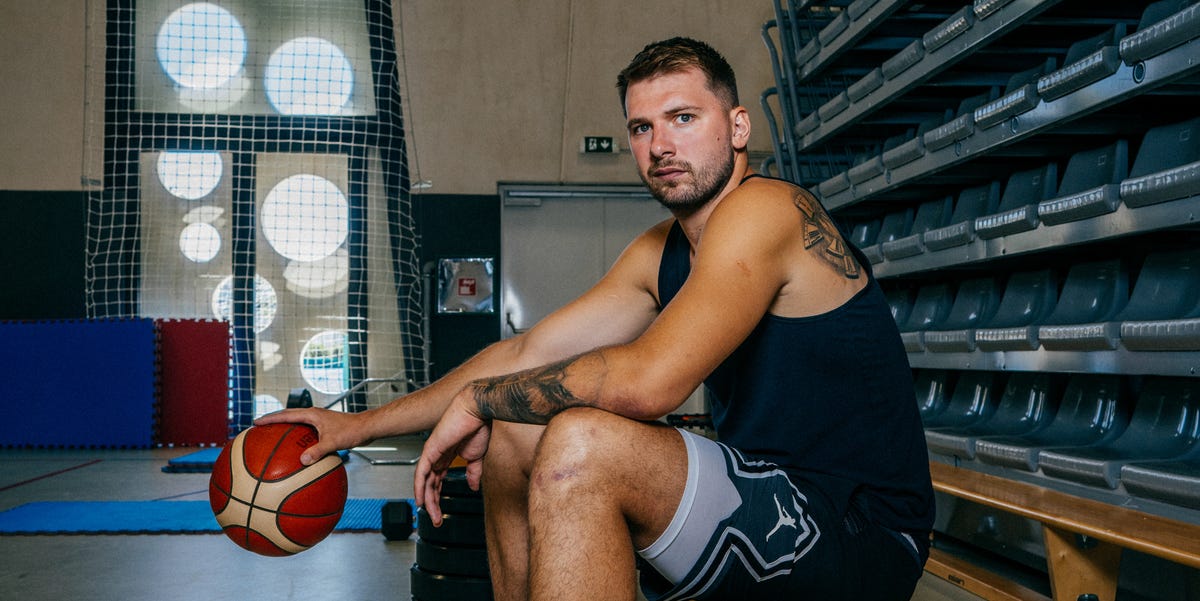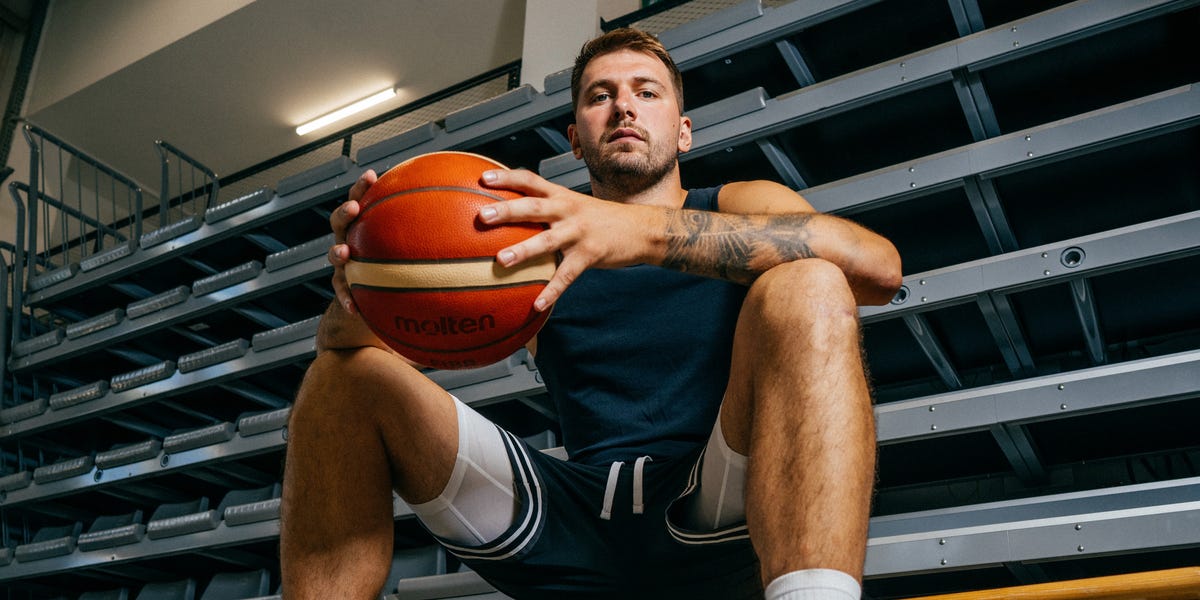The unrelenting workout program means Luka’s muscles are in a constant state of breakdown. The only way to ensure that he is able to rebuild that tissue is to top his protein tank off almost continuously—to the tune of 250 grams per day: more than one gram per pound of his bodyweight each day. Luka consumes it all–the equivalent of five extra-large chicken breasts–in the eight-hour window between noon and 8 PM, in accordance with his daily 16:8 fasting schedule. That’s a tall order, and requires Luka to get some of his daily quota from shakes (with no-sugar, low-carb
whey protein isolate), along with the animal proteins (eggs and chicken are staples) he eats during regular meals. “The only quantity that we measure is the protein,” says Almendros. “[250 grams] is the minimum. If he wants more, he can eat more.”
Known primarily as a booster of cardiac health, omega-3 fats—available in olive oil, avocados, nuts, and fatty seafood (like salmon)—are also among the most potent anti-inflammatory nutrients in the pantry. Nuts, especially, are a nutrient-dense powerhouse, and Luka keeps them handy for fast energy, fiber, protein, and even mood enhancement: a 2022
study found a link between nut consumption and improved mood.
We know that working out requires tons of calories and protein. Less discussed is how exercise burns through vitamins and minerals as well. Magnesium, calcium, potassium, zinc, phosphorus, and vitamins A, B, D and E all play vital roles in muscle contraction and gut health. To keep those levels high, Luka pounds plenty of plants. Fruit—often as a dessert—is a staple, particularly red fruits (those anti-inflammatory properties again). Vegetables were central too, the better to provide a steady influx of water and energy-giving
electrolytes—essential to a hardworking (and hard-sweating) athlete.
Year-round, carbs are the one variable macronutrient in Luka’s diet. He avoids gluten—found in wheat products—and ate other starchy carbs like rice and potatoes sparingly, but strategically, says Almendros: "Depending on the game, depending on the moment of the season, depending on his physical condition, we use carbs—but in a specific moment to have energy in the game or in the training." Sometimes called
macro matching, this strategy—increasing carbs on high-energy
training days and dropping them on less demanding ones—fuels workouts while maintaining body composition and reducing unnecessary digestive distress.
Barrios and Almendros take the brakes off a bit for Dončić’s competitive season, allowing for more flexibility in food choices and timing when travel and the stress of high-pressure games make it harder to stick to a stringent nutritional plan. “You can’t eat nothing after 8 PM,” during the basketball season, says Barrios, “Because half the days you are traveling in this time. You are not able to do a fasting 16:8 during the season—this is impossible.” The nutritional plan doesn’t go out the window once games begin, Barrios stresses—it just becomes somewhat less strict to accommodate Luka’s intense competitive and travel schedule.









